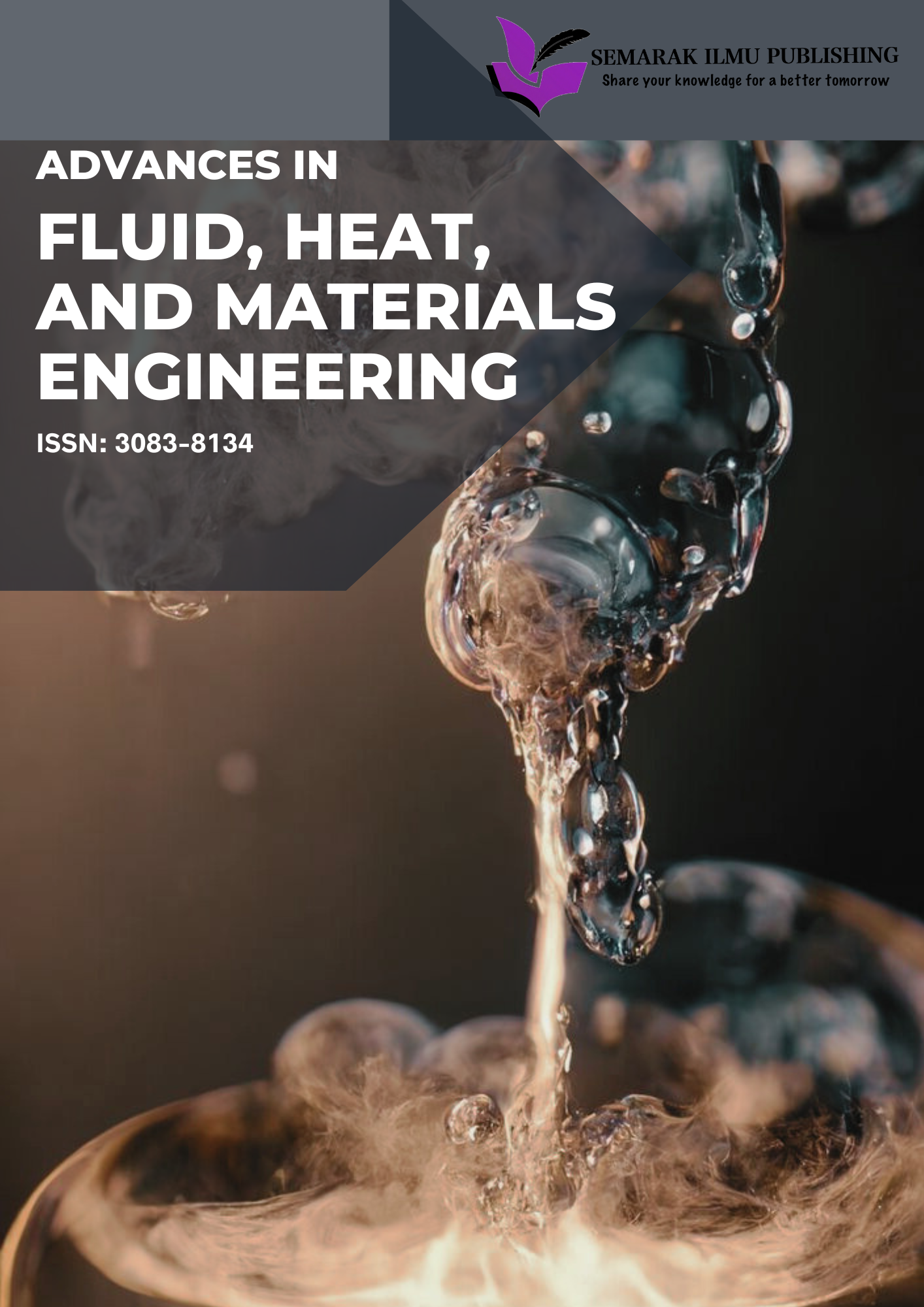Modelling of the Performance Comparison between Circular and Elliptical Double -Tube Heat Exchanger
Keywords:
heat exchanger, elliptical tube, circular tube, heat transferAbstract
Heat exchangers are crucial components for various industrial applications, including oil refining, chemical processing, and power generation. Despite extensive research on heat exchanger performance, the impact of tube geometry on heat transfer efficiency requires further investigation. This study aims to address this gap by comparing the thermal performances of circular and elliptical double-tube heat exchangers using computational fluid dynamics (CFD) analysis. Models of both geometries were created using ANSYS software, and simulations were conducted at varying mass flow rates (0.04 kg/s, 0.07 kg/s, and 0.55 kg/s) to evaluate the heat transfer and fluid flow characteristics. The study found that circular tubes consistently outperformed elliptical tubes in terms of the heat transfer efficiency across all tested flow rates. Specifically, the circular tubes exhibited higher temperature increases in cold water and greater temperature decreases in hot water, as visualised in the temperature contours.









